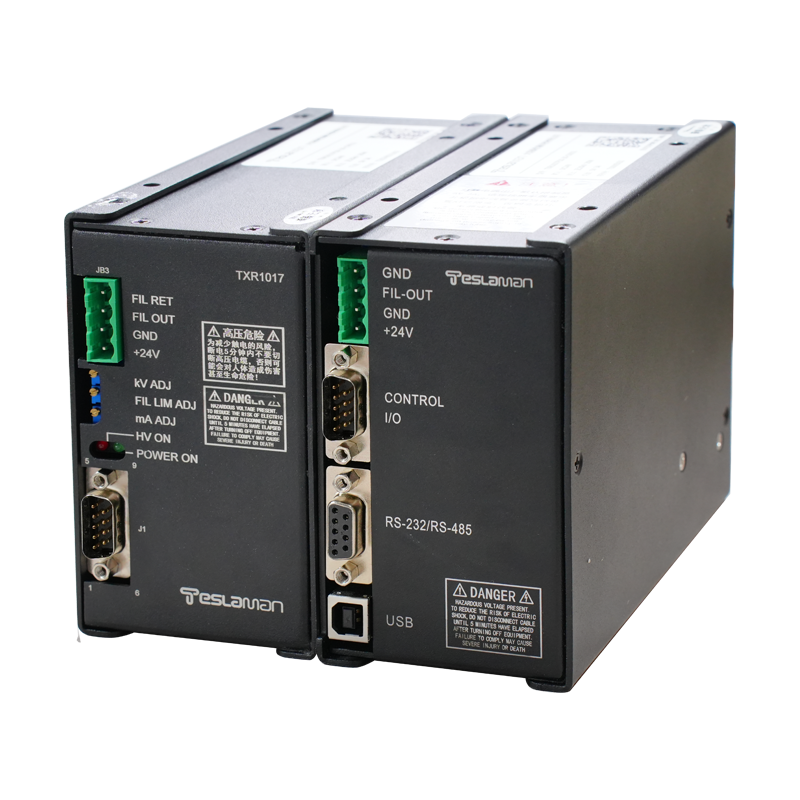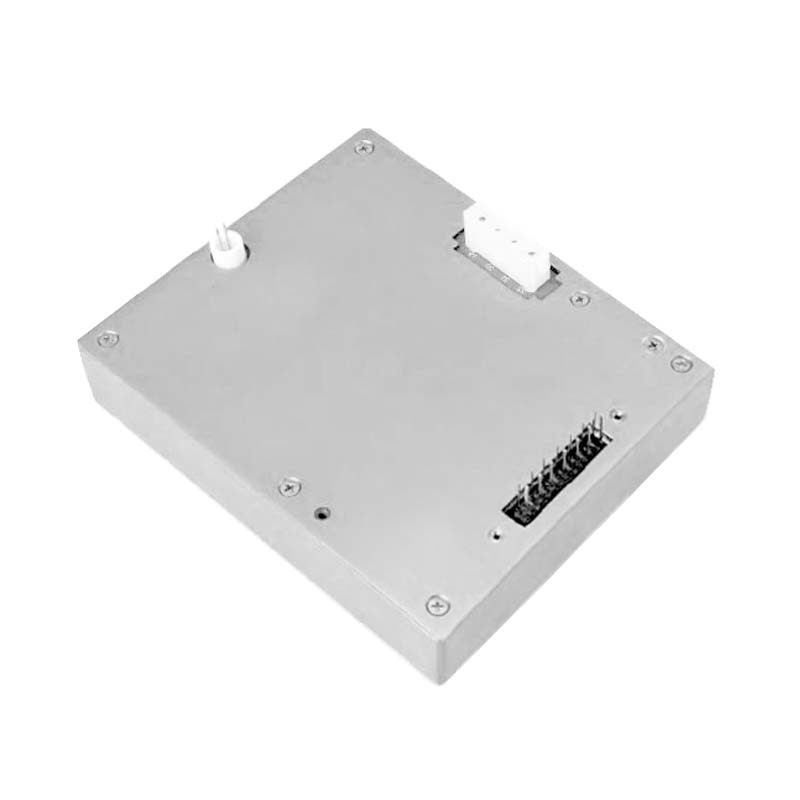Regulation of Film Uniformity in Coating High-voltage Power Supplies: Technical Principles and Process Optimization Pathways
Abstract:
This paper systematically investigates the influence mechanism of high-voltage power supply parameters on film uniformity in physical vapor deposition (PVD) processes. Based on electromagnetic field dynamics and plasma transport theory, a multi-parameter collaborative regulation strategy is proposed. By establishing a voltage-current-frequency three-dimensional regulation model combined with a real-time closed-loop feedback system, the coating uniformity on large-area substrates is significantly improved, providing theoretical support for precision manufacturing fields such as microelectronic devices and optical coatings.
I. Physical Mechanisms of Film Uniformity
1. Plasma Transport Characteristics
In glow discharge processes, the stability of high-voltage power supply output directly determines the plasma sheath thickness (approximately 0.1-10mm) and ion density distribution. Experimental data indicates that when power supply ripple exceeds 2%, target sputtering rate fluctuations can reach over 15%. Finite element simulations demonstrate that bipolar pulse modulation reduces the standard deviation of plasma density distribution to 0.87×10^16 m^-3.
2. Electric Field Gradient Distribution
The transient response characteristics of high-voltage power supplies (typical value <5μs) affect target surface potential gradients. In rectangular target systems, dynamic voltage compensation technology can control edge electric field intensity differences from ±18% to within ±3%. Magnetron sputtering cases show that gradient voltage waveforms reduce thickness non-uniformity on 300mm substrates from 7.2% to 1.8%.
II. Key Regulation Parameter System
1. Power Supply Characteristics
Power stability: Output fluctuation <0.5%/h (ASTM F1392 standard)
Frequency response: Optimized combination of pulse repetition rate (10-100kHz) and duty cycle (30-80%)
Waveform modulation: Composite modes including DC-RF superposition and bipolar pulses
2. Process Parameter Coupling
Establishing response surface models for pressure (0.1-5Pa), substrate temperature (20-500℃), target-substrate distance (50-200mm), and power parameters. Experiments prove that when pressure increases from 0.3Pa to 1.2Pa, optimal operating voltage requires 8-12kV enhancement to maintain stable discharge.
III. Advanced Regulation Technologies
1. Real-time Closed-loop Control
Integrating Langmuir probes and optical emission spectroscopy (OES) to construct PID-based dynamic adjustment systems. In roll-to-roll coating, this system maintains online thickness deviation within ±1.5nm.
2. Machine Learning Optimization
Applying deep neural networks to process multi-source sensor data for predicting optimal power parameters. Trained on 2000 process datasets, the model achieves 93.7% prediction accuracy, reducing process debugging cycles by 65%.
IV. Development Trends
1. Digital Twin Applications: Developing virtual coating systems incorporating power characteristics for pre-optimization
2. High-frequency Technology: Developing MHz-level pulsed power supplies to break plasma density limitations
3. Precision Energy Control: Achieving single-pulse energy control accuracy <0.1mJ for atomic layer deposition requirements
Conclusion:
Through intelligent regulation of high-voltage power supplies and multi-physics coupling models, industrial-scale coating uniformity can reach sub-nanometer levels. Future developments will focus on quantum-level energy transport control and adaptive process system integration.




















